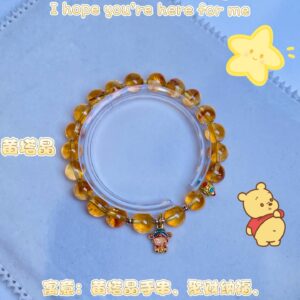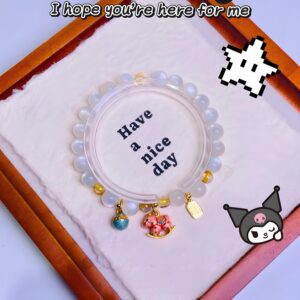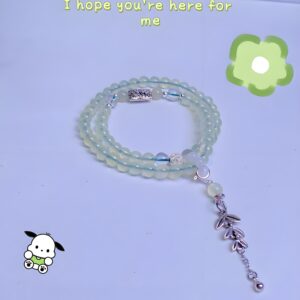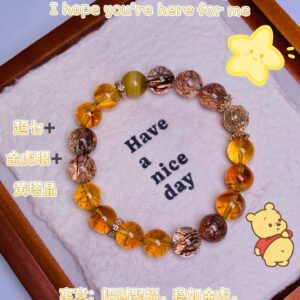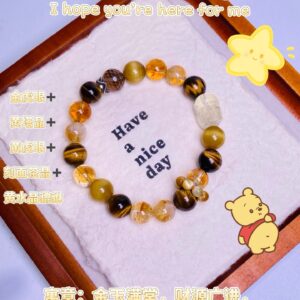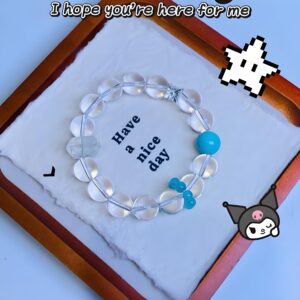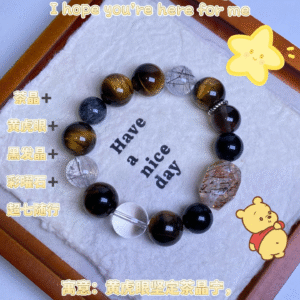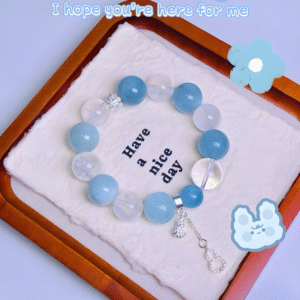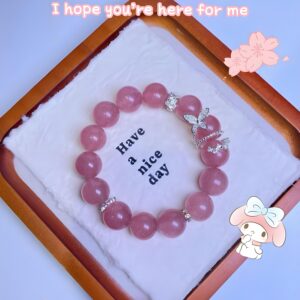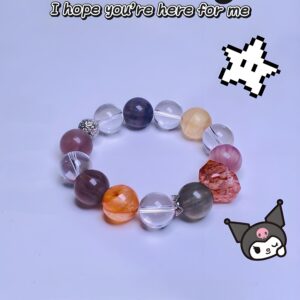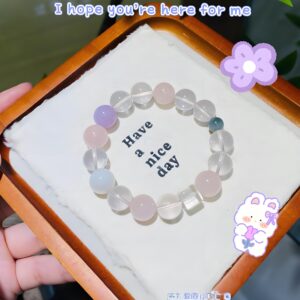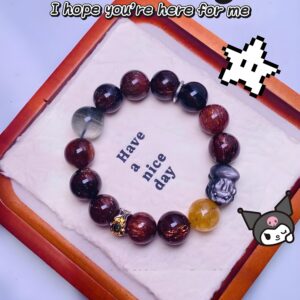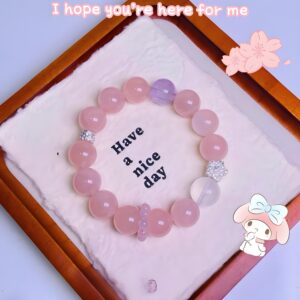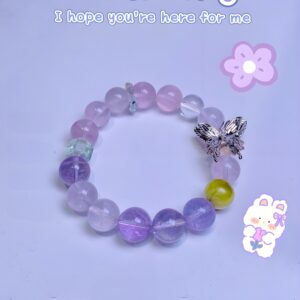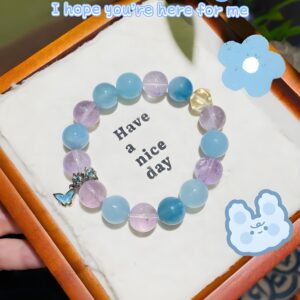Classified by Material
显示 1-15 个结果(共 51 个结果)
Classified by Material
The materials of Tibetan jewelry are rich and diverse, each carrying unique cultural connotations and craftsmanship values. Below is a brief introduction to common materials of Tibetan jewelry:
Bodhi class-
Material characteristics: Mostly made from plant seeds or fruits, common ones include Phoenix Eye Bodhi, Diamond Bodhi, Star Moon Bodhi, etc. Cultural significance : Bodhi symbolizes enlightenment and wisdom in Buddhism, and is often used as a prayer bead in Tibetan Buddhism, symbolizing the purification and sublimation of the soul by practitioners who hold mantras and count.
Jewelry Form : In addition to prayer beads, it can also be made into bracelets, pendants, etc. Some Bodhi seeds are polished and carved, paired with metal beads or accessories such as coral and turquoise, giving them a dual religious and decorative attribute.
Camel bones:Material Characteristics: Derived from camel bones, it has a hard texture, high density, and a smooth surface after polishing. The color is mostly light yellow or white, and over time it will gradually become discolored due to patina.
Cultural Background: Camels are crucial in the lives of Tibetan and surrounding nomadic peoples. Camel bones are seen as a symbol of resilience and strength, often used to make Buddhist beads, pendants, etc.
Craftsmanship Features: Some camel bone ornaments are carved with scriptures and totems (such as the auspicious eight treasures of Tibetan Buddhism), or embedded with metals and gemstones, combining practicality and cultural symbolic significance.
Mammoth ivory: Material Characteristics: Mammoth ivory is a fossilized tooth of ancient mammoths, with a delicate texture, moderate hardness, and easy carving. Its color is mostly white, yellow, or with brown patterns (commonly known as “tooth skin”).Cultural and collectible value: In Tibetan culture, ivory was once regarded as a sacred object, used to make Buddha statues, ritual objects (such as conches, seals), or jewelry. Due to the protection of modern ivory, mammoth ivory (legally sourced) has become an alternative material with both historical significance and artistic value.
Craftsmanship Performance: It is often carved into Buddha statues such as Guanyin and Manjusri, or auspicious patterns such as six character mantras and treasure vases. The craftsmanship is exquisite and has high collectible value.
Metals (silver, copper, etc.)Silver Jewelry – Material and Craftsmanship: Tibetan silver (with low silver content, often mixed with copper, lead, etc.) or pure silver are mainstream. Silver jewelry has good extensibility and can create complex shapes.
Cultural symbol: Silver is considered to have the function of warding off evil and purifying in Tibetan areas. Jewelry often incorporates elements of Tibetan Buddhism, such as the Nine Palaces Bagua Tablet, Gawu Box (a small box for storing scriptures and sacred objects), Manjusri Sword, Vajrayana Vajra pestle, etc. The surface is often engraved with tantric talismans or auspicious patterns.
Representative works: Silver earrings, silver belts, silver rings, some of which are inlaid with gemstones such as coral, turquoise, beeswax, etc., with vivid color contrast. Copper decoration Characteristics : Copper material is relatively cheap and often used to make large jewelry or religious vessels, such as copper prayer wheels, copper Buddha plaques, etc. After surface oxidation treatment, it presents a quaint texture, and some parts may be gilded or staggered to enhance decoration.
Wooden category Material selection: Use local Tibetan wood such as cypress, sandalwood, peach wood, etc., which are hard in texture and have a natural aroma (such as sandalwood). Cultural significance: Wood symbolizes vitality and the gift of nature, often used to make prayer beads and wooden ornaments. Some wooden beads are paired with metal or bone accessories to create a simple style. Special form: such as “Liu Dao Mu” (also known as “Jiang Long Mu”), which is believed to correspond to the six character mantra due to the natural formation of six patterns on its branches, and is a common material for prayer beads in Tibetan Buddhism.
Cattle bones
Material and Use : Cattle are important production and living resources in Tibetan areas. Cattle bone is tough and often processed into jewelry such as bone beads, dominoes, combs, etc.
Craftsmanship Style: Bone jewelry often retains natural textures and may have simple geometric patterns or scriptures carved on the surface. The style is rough and rustic, with some parts dyed (such as red or black) to enhance visual effects. It is commonly used as a spacer for making bracelets or necklaces.
Jade and stone Common types: local jades in Tibet, such as Hotan Jade (especially sapphire and sugar jade), turquoise, and foreign jades, such as agate and crystal. Cultural significance: Turquoise is regarded as the “stone of heaven” in Tibetan culture, symbolizing auspiciousness and wealth, and is often embedded in silver jewelry or Buddha statues; Hotan Jade, with its warm and moist texture, is made into jade medals and beads, implying peace and prosperity. Jewelry form: jade is mostly combined with metal, such as silver ring inlaid with turquoise, Hetian jade bracelet, or carved into Tara, Dharmapala and other images, with both aesthetic and religious implications.
Crystal class Material Characteristics : Natural crystals (such as white crystal, tea crystal, amethyst) have high transparency. Tibetan areas believe that crystals have energy and can ward off evil and calm the mind. They are often used to make prayer beads, pendants, or enshrined in Buddhist temples.
Craftsmanship features: Crystal jewelry often maintains its original stone form or is simply polished. Some may be carved with Buddha statues or scriptures, such as crystal six character mantra pendants. The radiance reflected in the sunlight is endowed with sacred symbolic meaning, and it is often paired with silver jewelry to enhance its delicacy. These materials of Tibetan jewelry are not only decorative objects, but also carry the religious beliefs, life wisdom, and artistic aesthetics of the Tibetan region. The selection and craftsmanship of each material imply a longing for auspiciousness, peace, and the inheritance of traditional culture.
new arrives
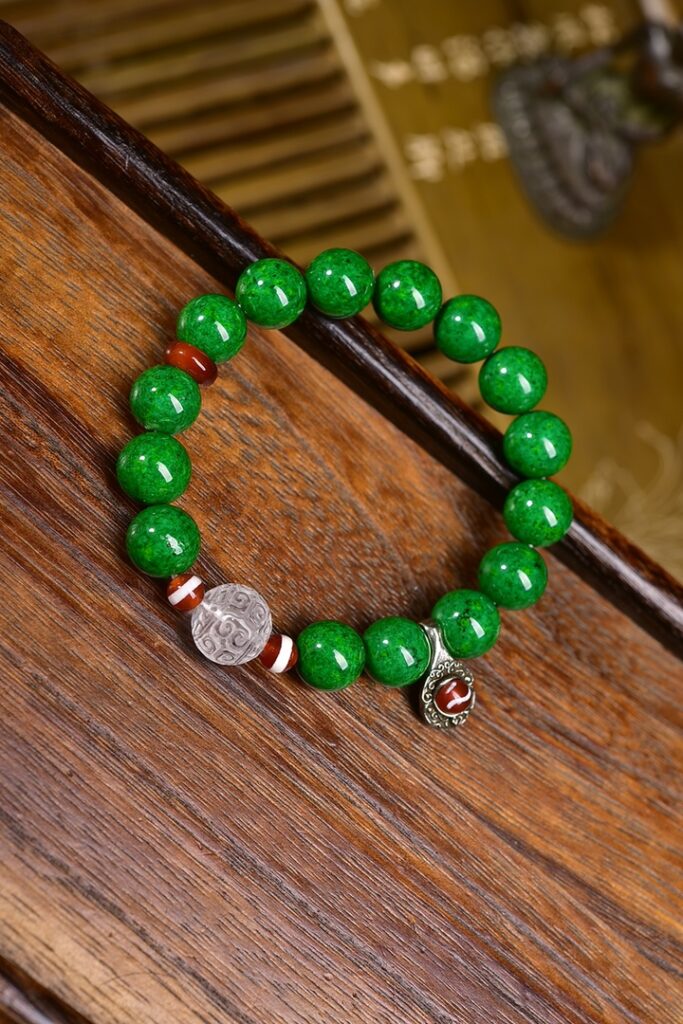
Qiujiao bracelet1
$69.00
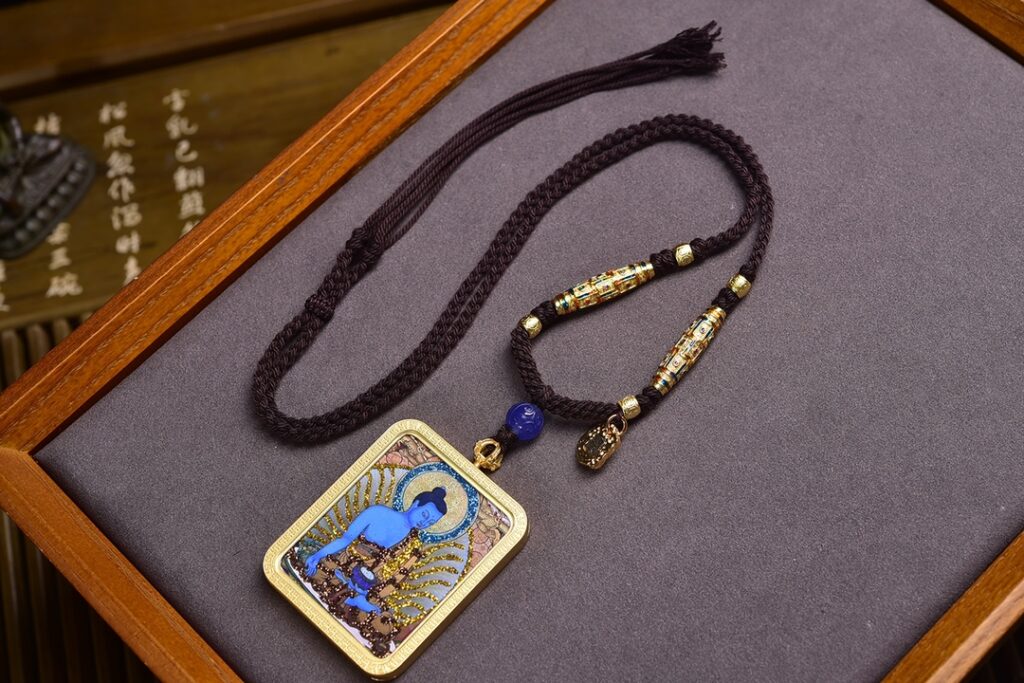
Thangka Medicine Buddha
$89.00
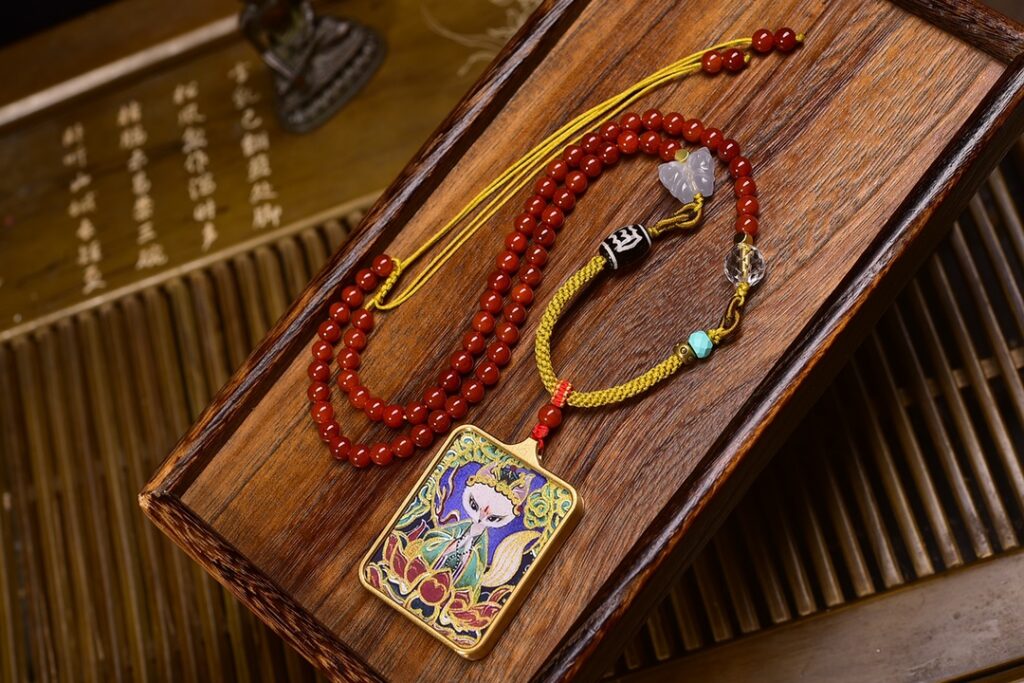
Tangka Fox Immortal
$89.00
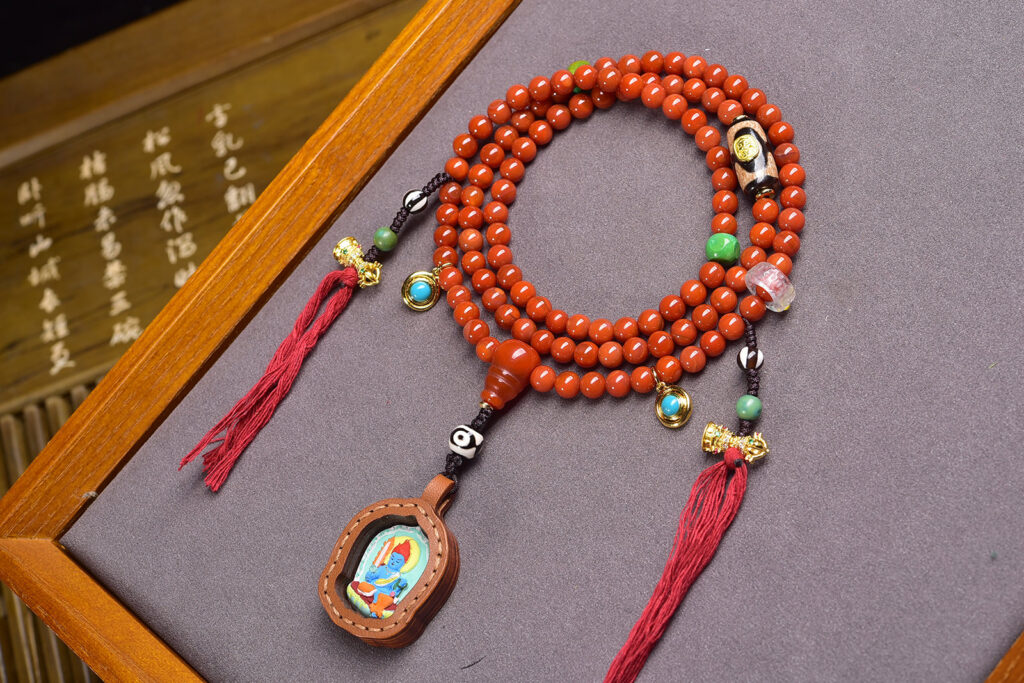
Bu Dong Ming Wang – Rubbing
$149.00
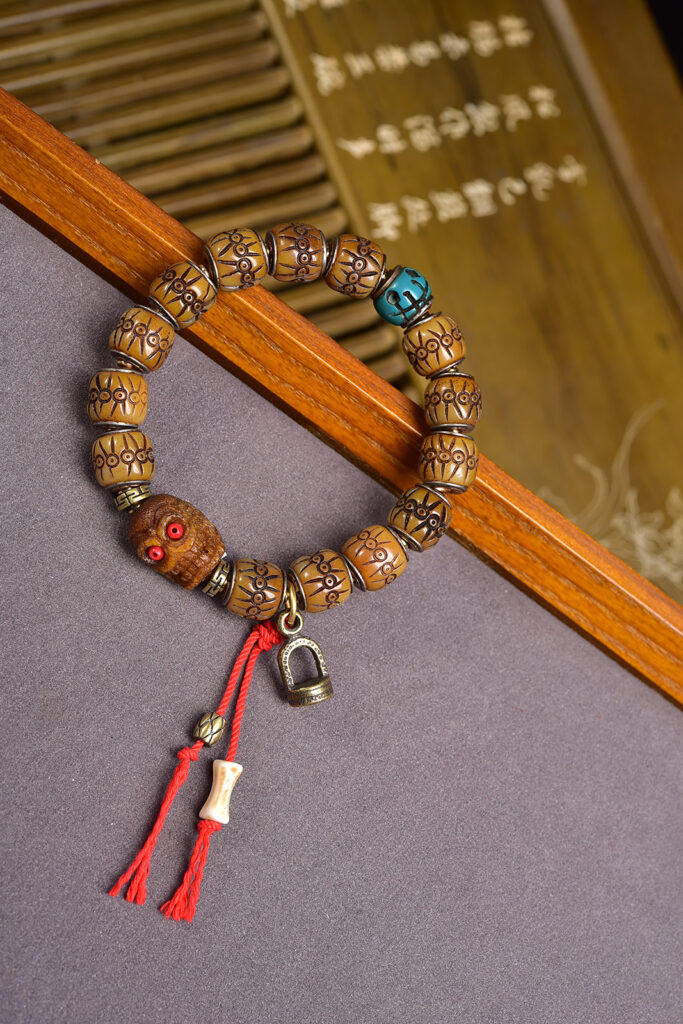
Tibetan people returning07
$79.00
hot sales
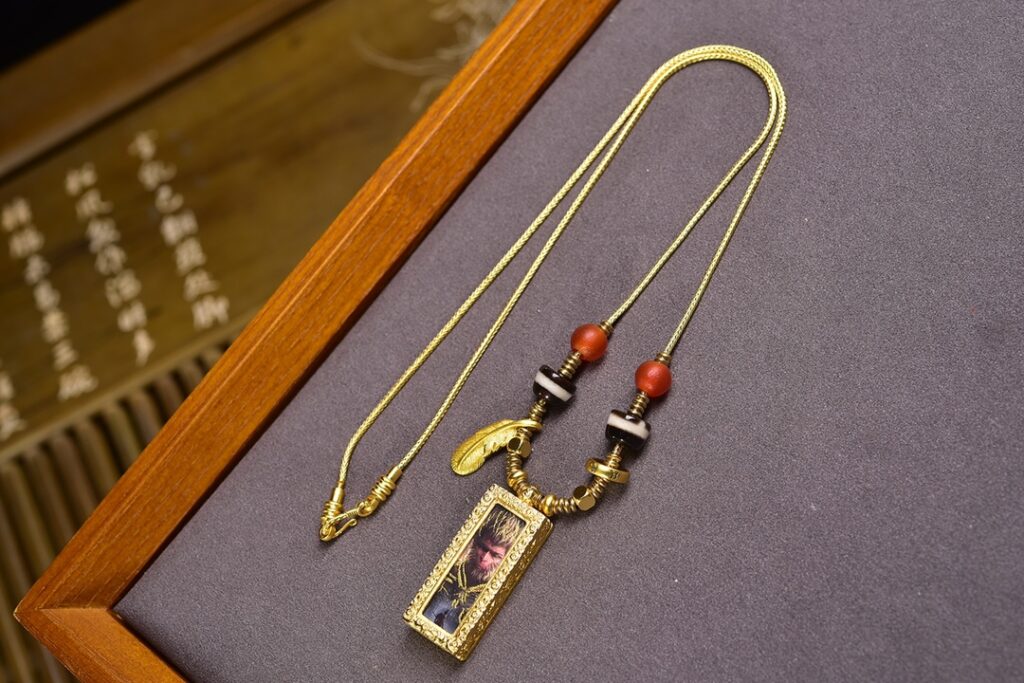
Qitian Great Saint Thangka
$69.00

Celestial Master Zhong Kui
$89.00

Tibetan people returning07
$79.00
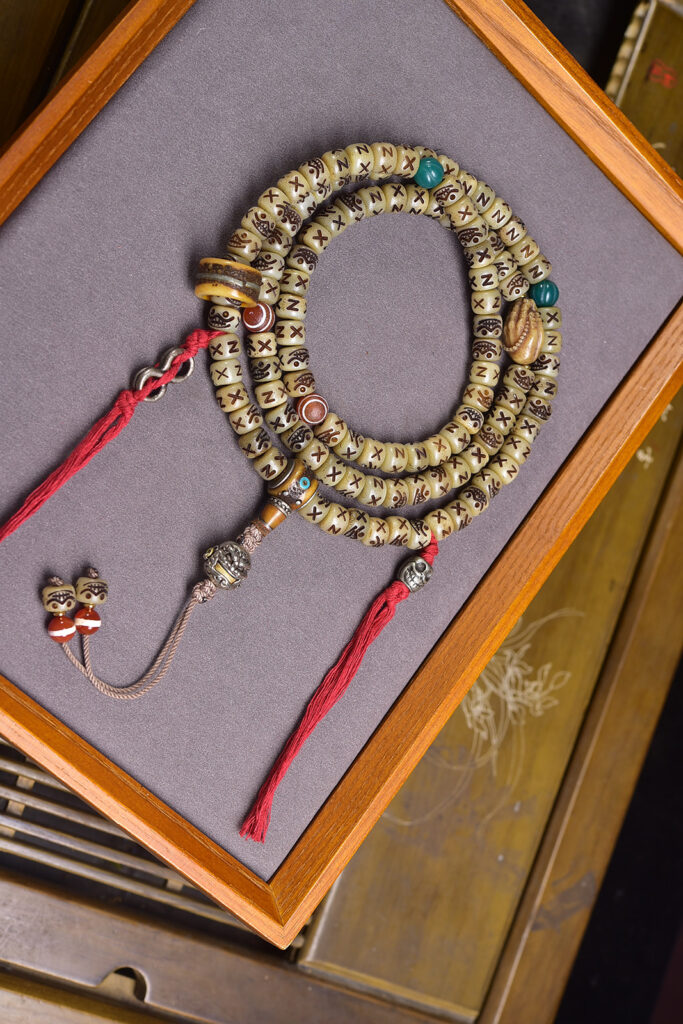
Tibetan people return021
$198.00

Tibetan people return01
$198.00

